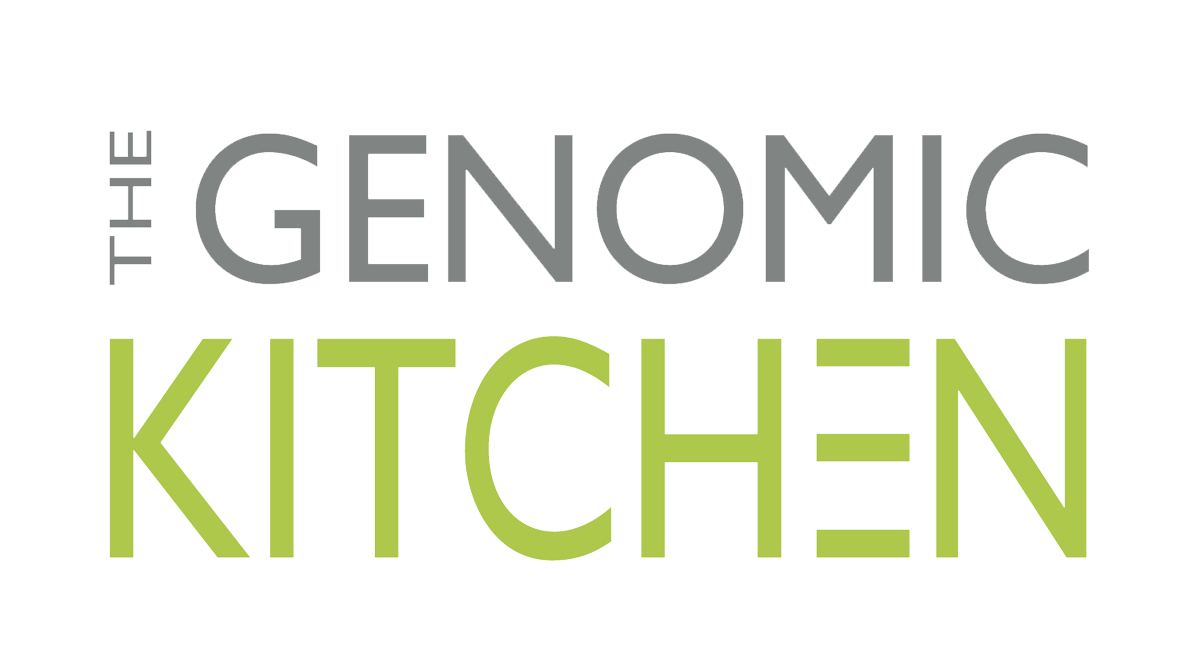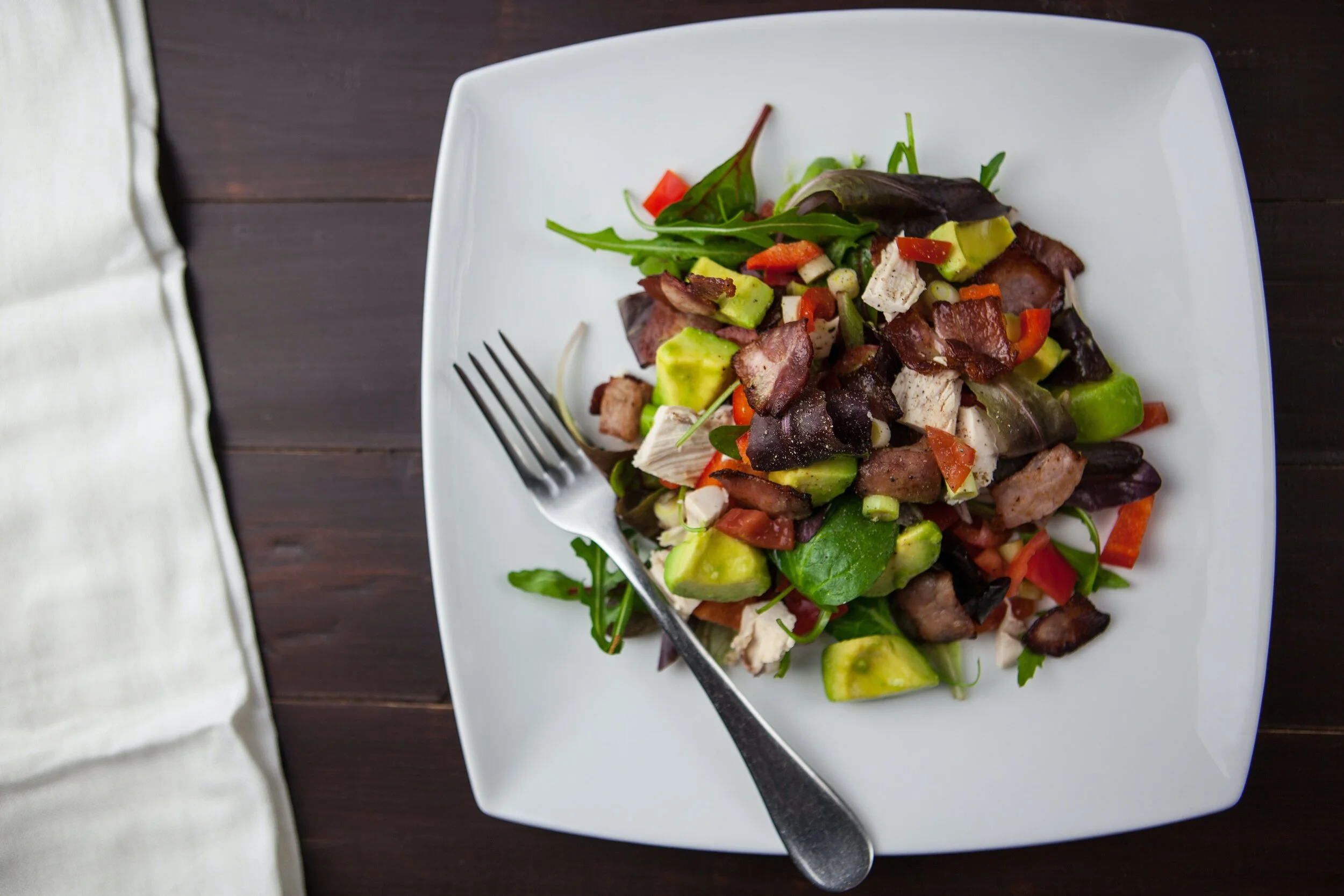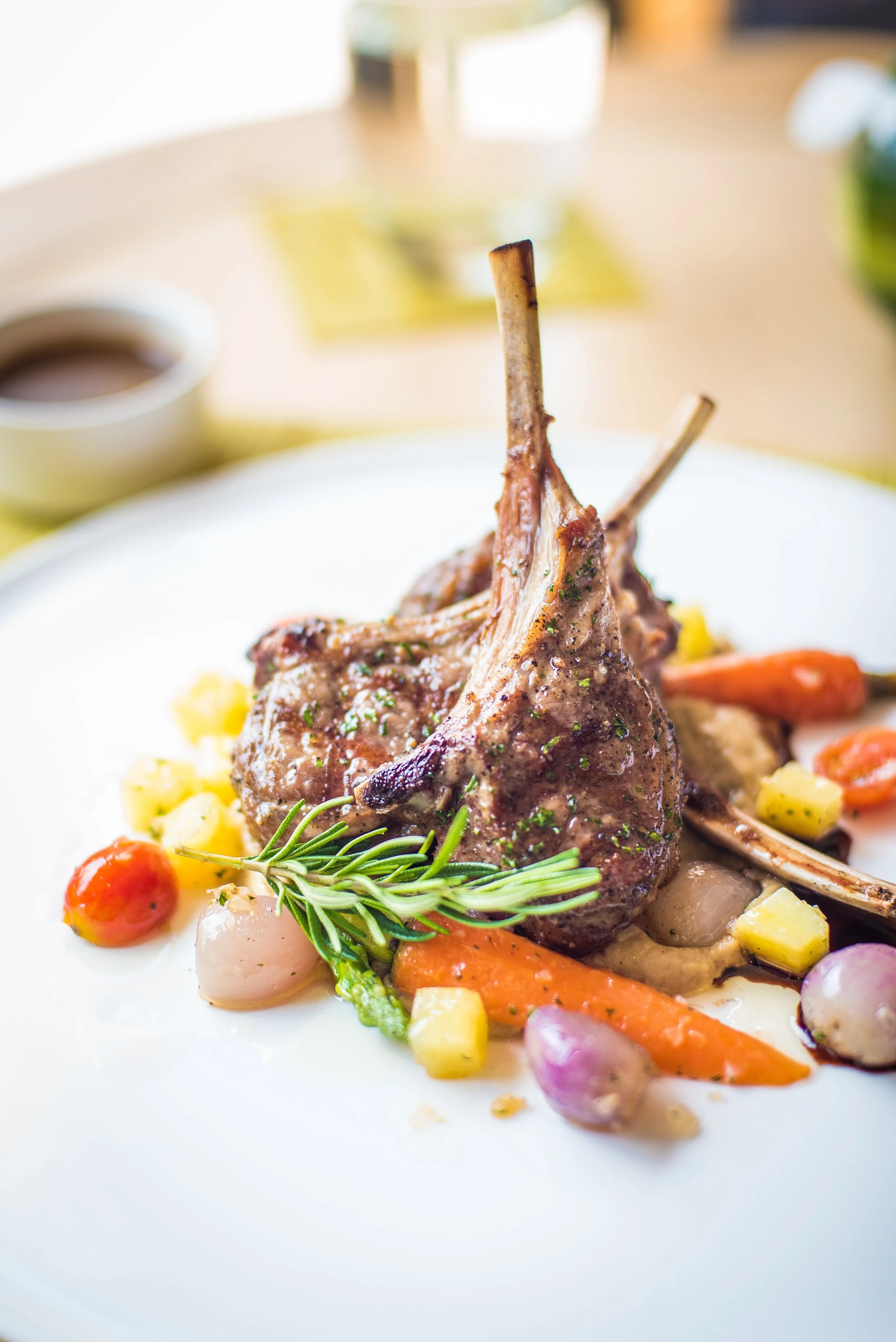Pair Your Red Meat With Foods High In Antioxidants. Here’s Why
/You’ve probably heard about the “dangers” of red meat. It’s true that when your body starts digesting it, it creates powerful oxidants that can be harmful. But, there is a genius counter to these that are foods high in antioxidants.
New research shows us that we can help neutralize the harmful effect of oxidants (from any food) by eating antioxidant-rich foods at the same time.
And this is why I’m going to show you how to use the science of nutrition to enjoy your red meat as part of a healthy eating strategy by pairing it with complementary foods high in antioxidants. Here’s how.
The health considerations of red meat
There is more to a healthy diet than how much of which foods you eat. It is also about the preparation of food and which foods to eat together.
Red meat, by its very nature, contains certain types of fats (lipids). The digestive process starts in the stomach’s acid that breaks down fats along with enzymes so they can be absorbed. The diverse and complex reactions that occur so that our bodies can digest our food produces an array of biochemicals. Some of these are better for you than others.
For example, one type of biochemical produced from the oxidation of these fats is called malondialdehyde (MDA). The body absorbs this oxidant from the stomach. MDA can produce dysfunctional proteins that cause tissue damage and inflammation. These can lead to increased risk for many chronic diseases associated with a Western-type diet, such as cardiovascular disease, diabetes, and cancer.
But does this mean no one should ever eat red meat? No!
For one thing, when choosing cuts of meat, I always advise to focus on quality over quantity, so choose the best animal proteins you can afford. Ideally, they will be from local farms will well-raised animals. Nutritionally speaking, happy, well-adapted, well-fed, active animals offer a complexity of nutrients that improve our health, as noted in the new book Sacred Cow. When I go to the farmer’s markets, I ask them the hard questions. I want to hear their stories and listen to them share their love and care of their animals.
Another reason why meat can be healthy is when we consider some of the more nutrient-rich—but eschewed—parts. These include the skin, bones, and organs. As an advocate for honoring the circle of life, I say in my book, the Genomic Kitchen, “When we take a life, then we honor it by utilizing every part and not choosing the ‘best’ and discarding the rest.”
But there is another genius way to enjoy your red meat and improve its nutritional “healthfulness.”
The genius of foods high in antioxidants
Bioactives are biochemicals that play an active role in the body. Here at the Genomic Kitchen, we talk a lot about how bioactives act like switches, activating or deactivating certain genes resulting in wonderful health benefits, such as soothing inflammation.
Many of these bioactives are antioxidants that can switch off oxidation directly at its source before they ever reach your genes. For example, they can squelch out damaging oxidants and free radicals before they even have a chance to wreak havoc in our cells and tissues.
Human studies show that after eating meals containing meat, blood levels of the oxidant MDA increase. However, enjoying these meals with a glass of red wine or black coffee—which contain high concentrations of bioactives—measurably reduces these levels of MDA.
But beyond beverages, do foods high in antioxidants have a similar effect?
A recent study in Redox Biology found that food-based bioactives can have the same effect. They measured the antioxidant reactivity naturally found in several fruits and vegetables to see which ones reduced the oxidative stress from a meat-based meal the most.
When it came to fruits, the ones with the highest antioxidant ability were blackberries, black-currants, quince, cranberries, red-plums, blueberries, black olives, guava, raspberries, and pomegranate. As for the vegetables, the best ones were spinach, broccoli, purple or green cabbage, and red pepper.
By combining these fruits and vegetables on your plate (or better yet, in your stomach) at the same time as your red meat, you can reap these antioxidant health benefits (and cutting-edge nutrition science) for yourself.
But before we go any further here, let me make something very clear from my work with genetics. I am not advocating a license to eat as much red meat as you want. Fruit and vegetables with herbs and spices are significant suppliers of the antioxidants and antioxidant production systems in your body that can offset the pro-oxidant effect of many foods, including red meat. That said, some individuals with their unique genetics may need to be more mindful of how much red meat they consume due to gene variants that may be more pro-inflammatory. We are ALL unique.
The Mediterranean Diet
There is a diet that intuitively and expertly combines animal proteins with antioxidants. This combination not only soothes the fires of inflammation but also prevents dangerous oxidation that can happen with certain types of foods (like meat).
The Mediterranean diet evolved from the lifestyle, fauna, and flora of the Mediterranean region. People who live near the Mediterranean enjoy longer, healthier lives. They have less cancer and heart disease. They have healthier weights and better brain health. What they eat is instrumental to their health.
People that live near the Mediterranean used—and continue to use—native plants like greens, olives, and fruits as foods, teas, and herbal medicines. Imagine foraging wild herbs like thyme, fennel, and chives and enjoying them on your plate. These plants contain concentrations of a diverse array of nutrients and are high in antioxidants. These compounds are what make these greens and wild herbs a great accompaniment to the high-quality, naturally-raised local meat that is an integral part of the diet of that region of the world. The Mediterranean diet focuses on fruits, vegetables, whole grains, beans, nuts, legumes, olive oil, herbs, and spices. It also recommends fish and seafood at least twice a week. Poultry, eggs, cheese, and yogurt are included “in moderation.” Sweets, red meat, and red wine are for “special occasions.”
Watch the video above with my parents (in their late 80s and early 90s!) who have long lived in the Mediterranean!
The best way to eat foods high in antioxidants
Bioactives like antioxidants can be a bit unstable that when under certain conditions, these foods can have lower amounts of antioxidants than we’d like. Some tips to get the most bioactives out of your foods include:
Choosing foods with the highest naturally-occurring amounts of bioactives such as crucifers and fresh herbs (example: broccoli, cauliflower, Brussels sprouts, arugula)
Enjoying antioxidant-rich foods that are as fresh as possible because their potency diminishes over time (e.g., buy local when possible and eat them as soon as possible)
Don’t overcook them because many bioactives are temperature-sensitive (e.g., eat them raw or lightly steamed or stir fried)
Delicious antioxidant recipes to pair with meat
When planning a meal with red meat—even the highest quality you can find—enjoy it with these delicious bioactive-rich recipes from the Genomic Kitchen.
At the Genomic Kitchen, we created an Ingredient Toolbox to help you enjoy the health benefits of foods high in antioxidants. Include these on your plate to provide your body with critical information to optimize your health. Download our Quick Start Guide featuring 12 simple starter recipes to enjoy.
And if you want to find out more about what your genes tell you about you, sign up for the free course: You. Your Genes. Your Health.
References
Ayala, A.,Muñoz,F., Argüelles, S. (2014) Lipid Peroxidation: Production, Metabolism, and Signaling Mechanisms of Malondialdehyde and 4-Hydroxy-2-Nonenal.Oxidative Medicine and Cellular Longevity. Volume 2014 |Article ID 360438. https://www.hindawi.com/journals/omcl/2014/360438/
Kanner, J., Selhub, J., Shpaizer, A., Rabkin, B., Shacham, I., & Tirosh, O. (2017). Redox homeostasis in stomach medium by foods: The Postprandial Oxidative Stress Index (POSI) for balancing nutrition and human health. Redox biology, 12, 929–936. https://www.ncbi.nlm.nih.gov/pmc/articles/PMC5426031/
Gorelik, Shlomit & Ligumsky, Moshe & Kohen, Roni & Kanner, Joseph. (2008). The Stomach as a “Bioreactor”: When Red Meat Meets Red Wine. Journal of agricultural and food chemistry. 56. 5002-7. 10.1021. https://pubmed.ncbi.nlm.nih.gov/11728810/





